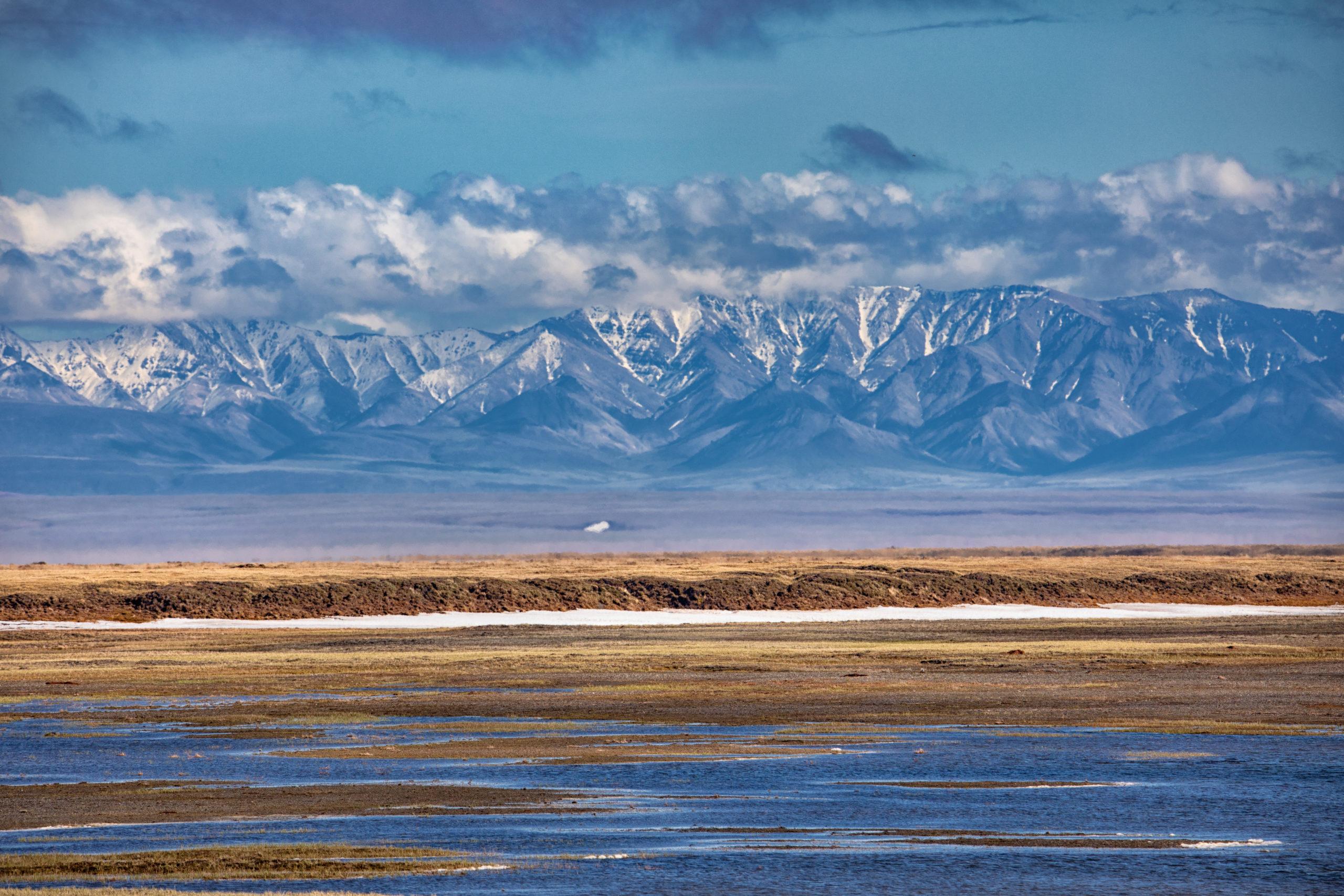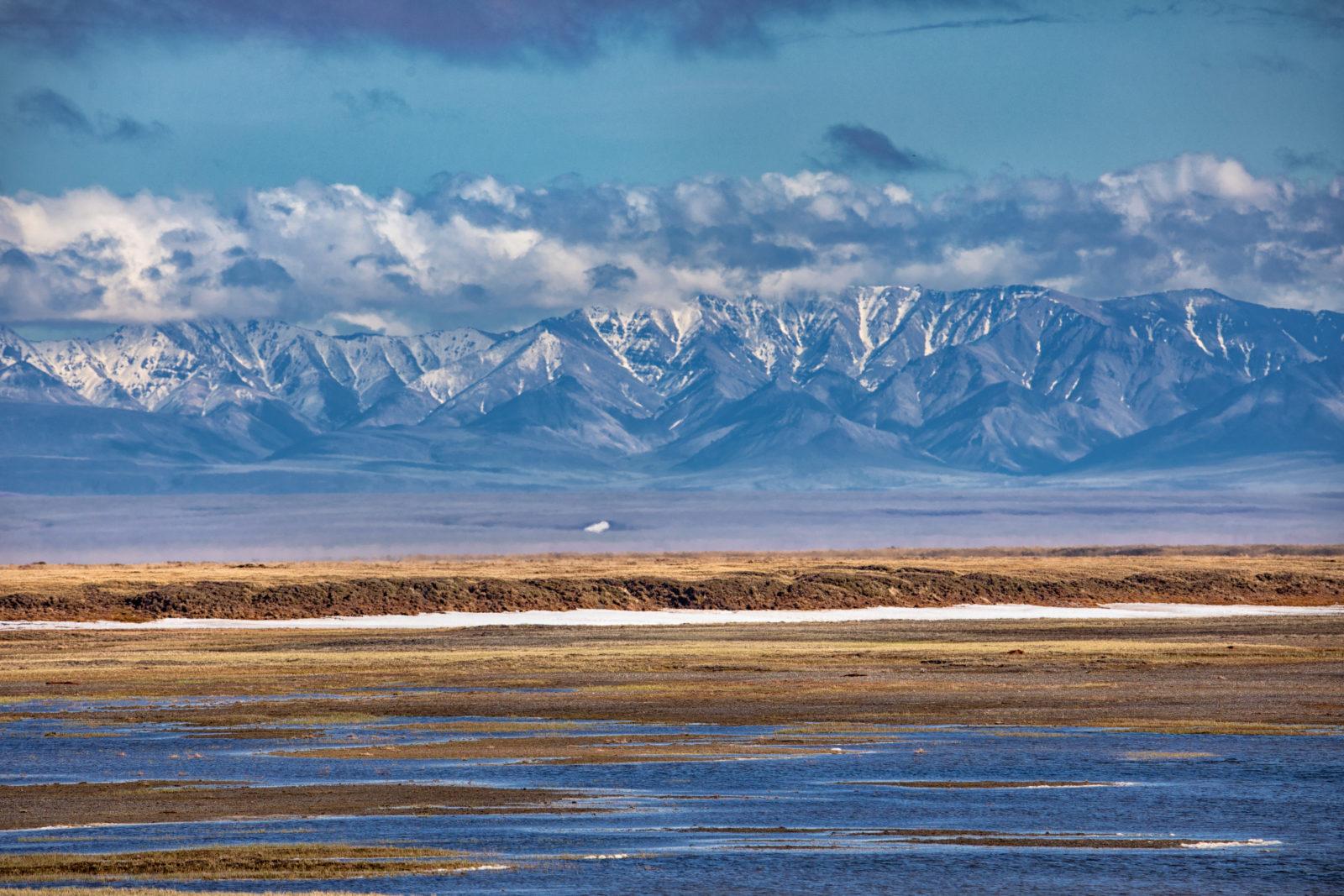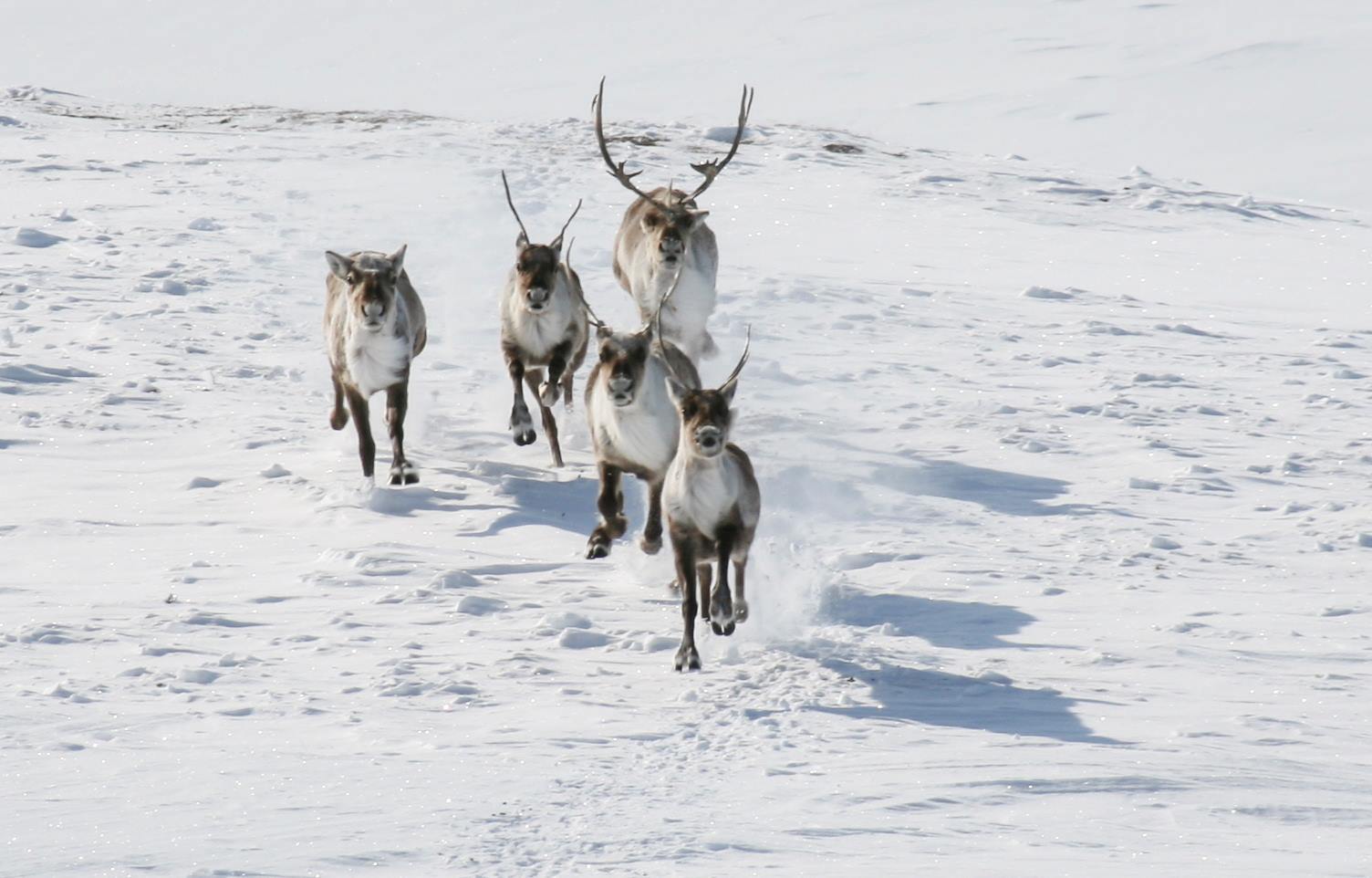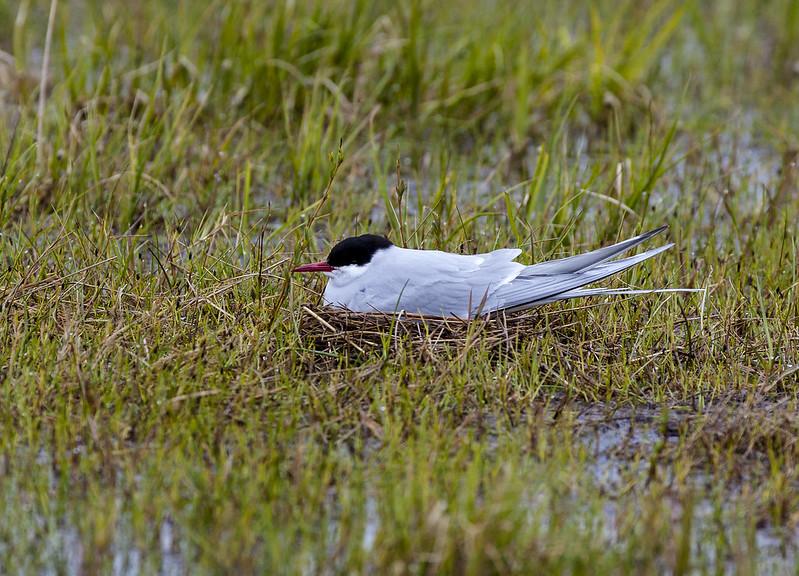
An Arctic wish list with 2022 resolve
Our work feels less frantic and chaotic than it did a year ago. Nonetheless, the divisive 2020 election that led to an insurrection slashed any hope of taking a break from staying vigilant about defending democracy, ensuring climate action, and sustaining the health of Alaska’s lands and waters.
Yes, a lot has changed in 2021, with real hope that climate policy will honor and prioritize frontline communities and Indigenous ways of life. Yet the Biden administration continues to defend Trump era decisions and actions that threaten Alaska communities, animals, and landscapes.

The last thing that Alaska (and the planet) needs is a lump of coal.
First on our wish list for 2022
Many of us know the importance of a healthy Arctic to the people who live there and to climate health, and that’s why the first thing on our Arctic wish list is the passage of the Build Back Better Act, which will restore protections for the Arctic National Wildlife Refuge.
A vote to pass Build Back Better would prevent a fiscally irresponsible leasing program from undermining the health of lands sacred to the Gwich’in Nation, essential to Indigenous communities and ways of life, and vital to minimizing climate impacts on communities around the world.
We resolve to continue holding government agencies and industry accountable to the law and public interest, not the profit interests of fossil fuel corporations.
Building back better is not enough — sometimes we must NOT build at all
The Biden administration and Congress can and should do a lot of good with Build Back Better—but it’s not enough. There are too many extraction proposals that threaten the health of people, animals, and the planet’s living systems.

The proposed Ambler road would endanger community food accessibility, degrade animal habitat, pollute the water and air, and cut through a national preserve to subsidize a multinational corporation’s open pit mining plan.
We took the Trump administration to court for illegally approving this 211-mile gravel commercial road without knowing key information, including the road’s route and the real impacts it would have on land, water, climate and local communities.
At first, the Biden administration requested a pause on the lawsuit we filed in August 2020, but it now looks like it will file briefs in January to defend the case.
We join local communities, the Tanana Chiefs Council, and a diverse array of organizations and people in opposing this road to ruin and hope for a Court victory in 2022.
There’s so much to do in 2022
Of course, there’s a lot more to ask for to sustain a healthy Arctic, a region that nourishes so much.
Though the Biden administration accepted our court win on Willow without filing an appeal, it started a process to prepare a supplemental Environmental Impact Statement for the project, and potentially issue new approvals and permits for Willow to replace the ones thrown out in court.

This means we must continue to engage in agency processes to prevent a massive and destructive oil and gas project from degrading public health in Arctic communities.
ConocoPhillips’ Willow proposal would disrupt caribou migrations, degrade land and water essential to the health of migratory birds and numerous animals, and spew out toxics and carbon pollution. It would also be a legacy of greenhouse gas emissions, extending oil extraction into the western Arctic until at least the 2050’s.
The Willow project is one of many extraction proposals we’ll be tracking and preparing to respond to in 2022. Our wish is that science and public policy will win the day, and the administration will stop this harmful project.
Whatever 2022 brings, we will stand with and work alongside the communities, organizations, and people working to protect Alaska’s Arctic—and continue to keep you informed about how to take action to protect the places that sustain our communities and planet.


